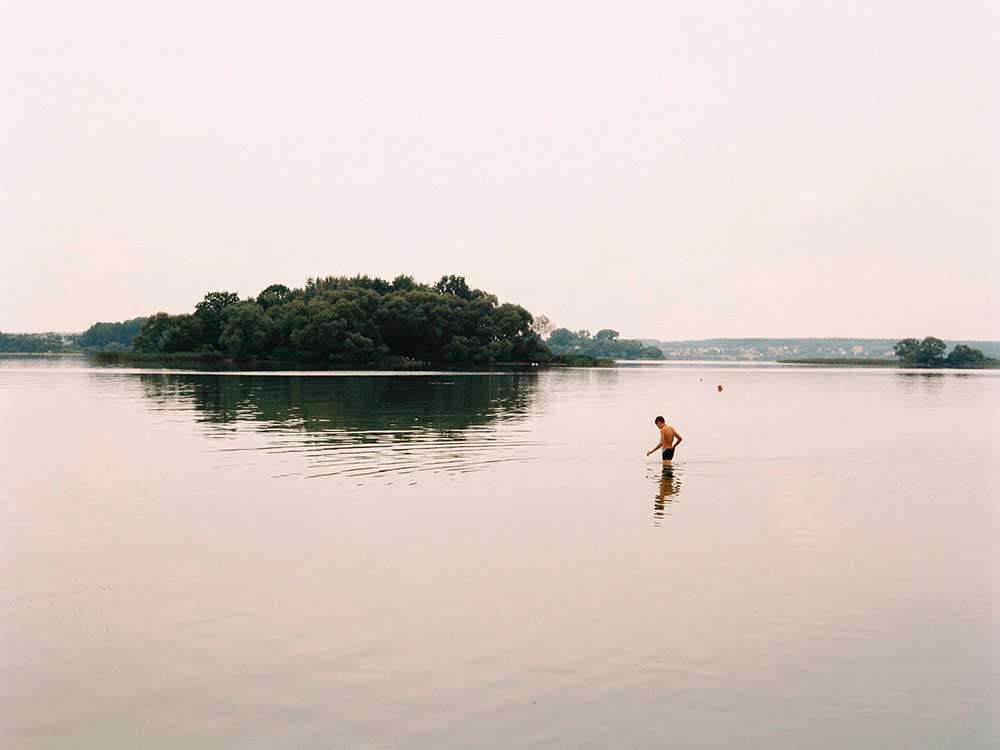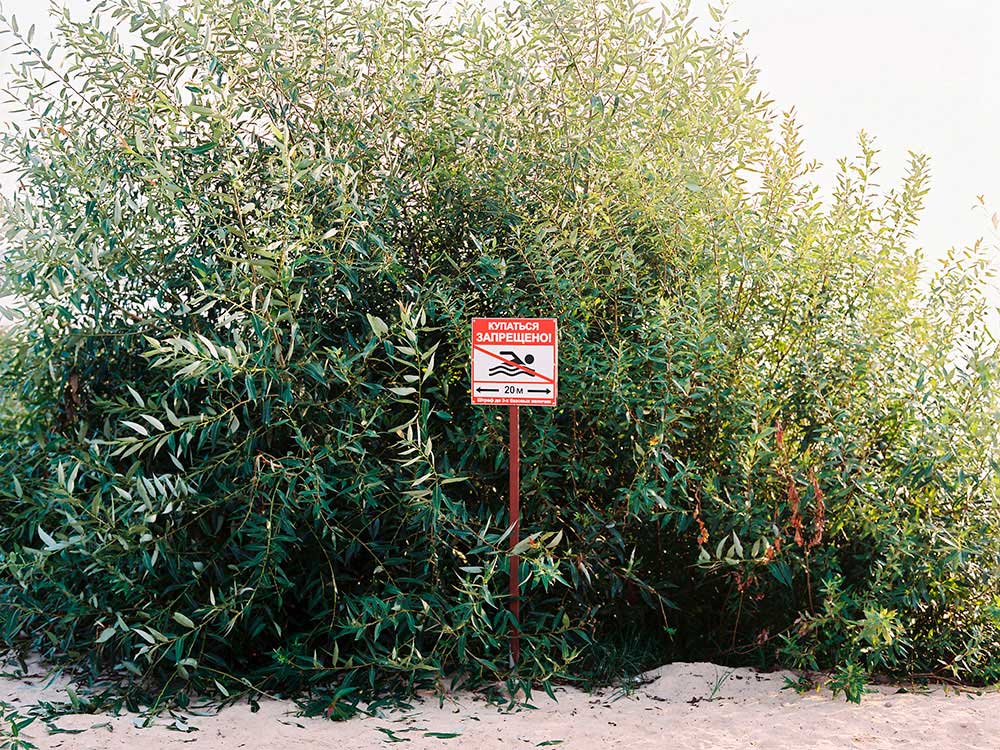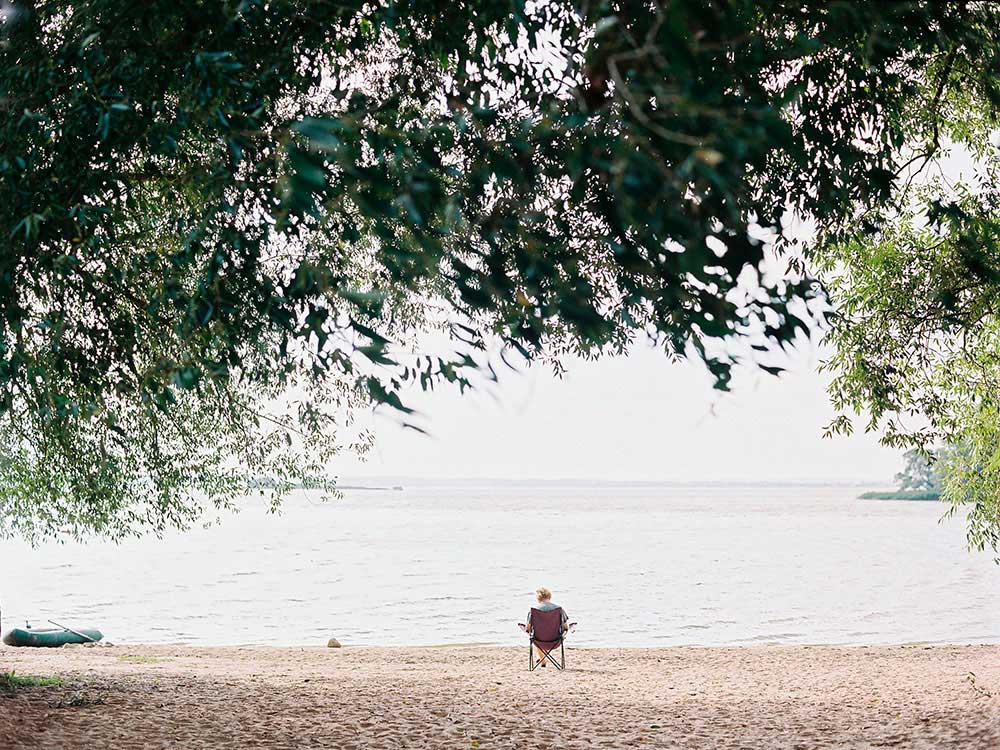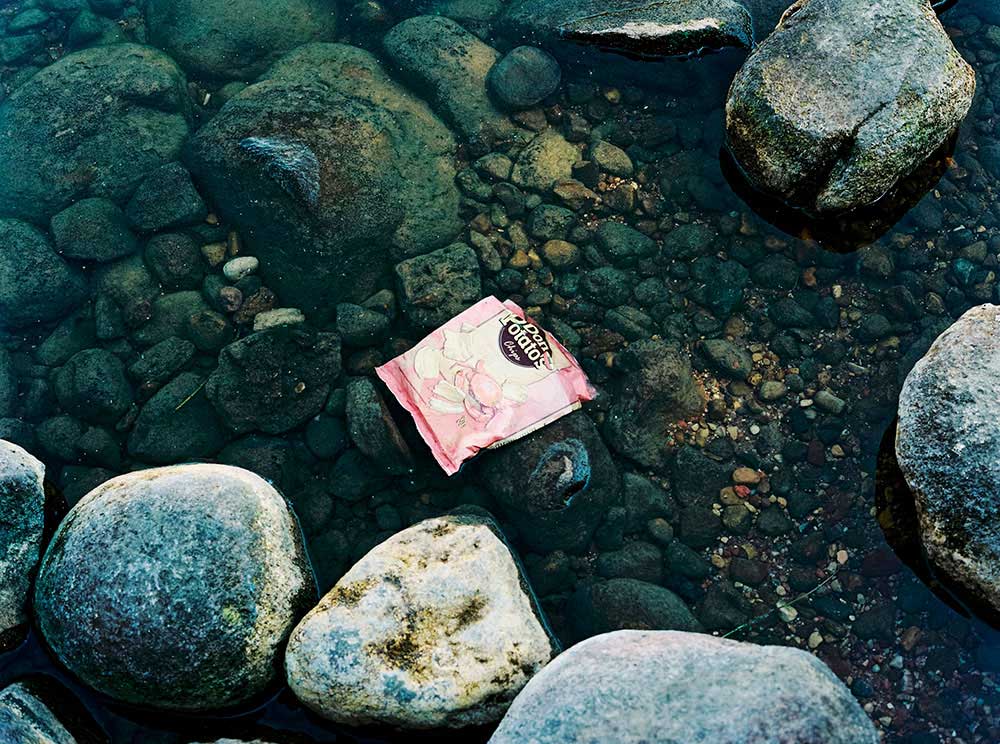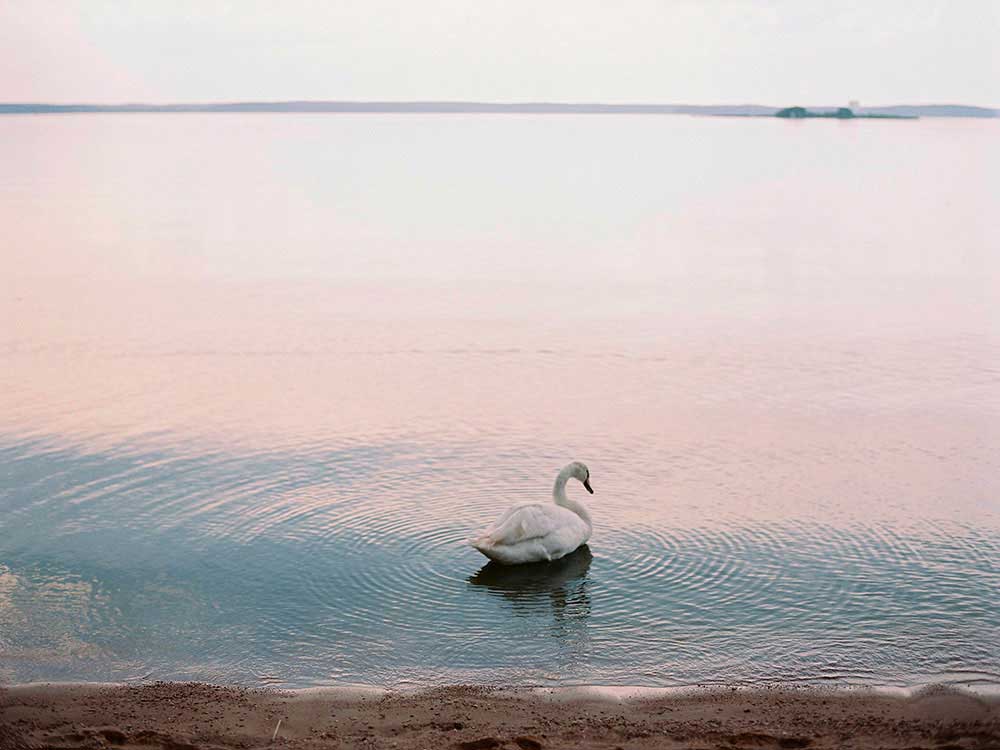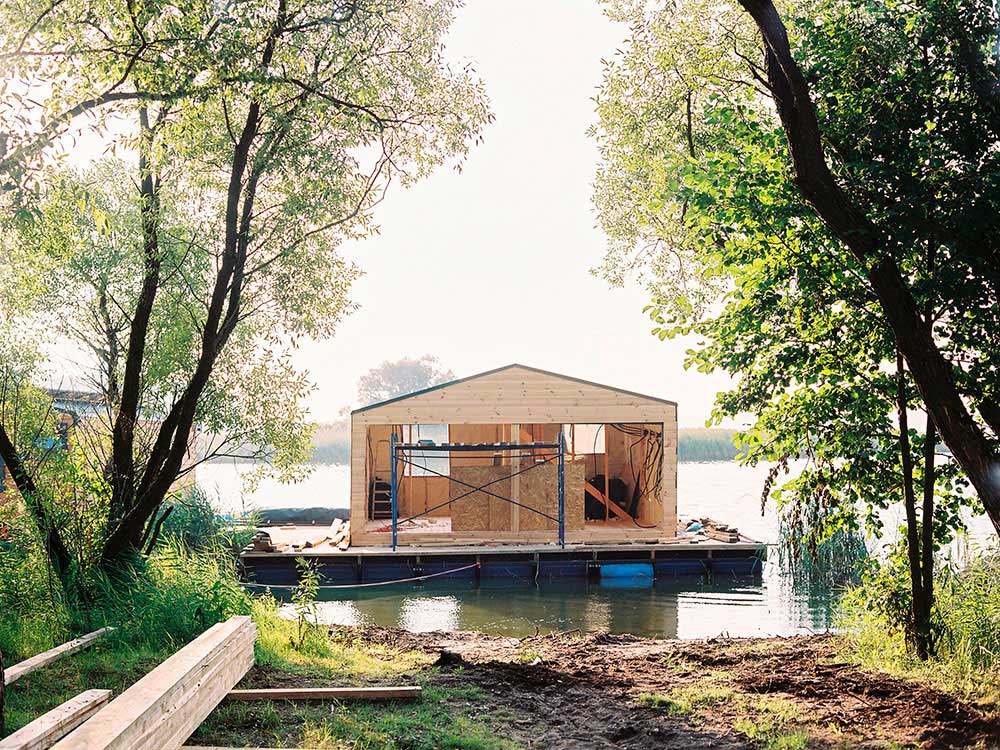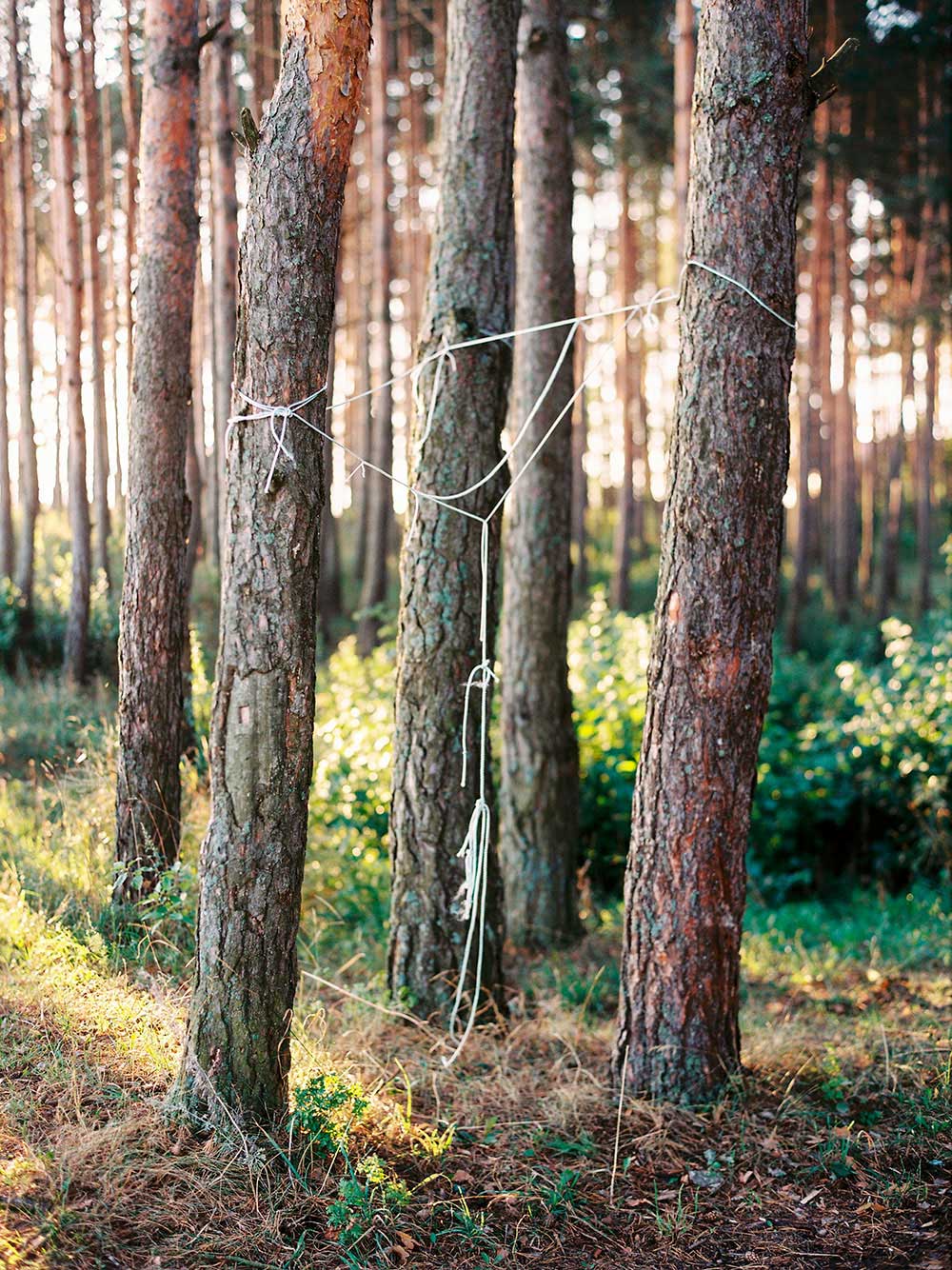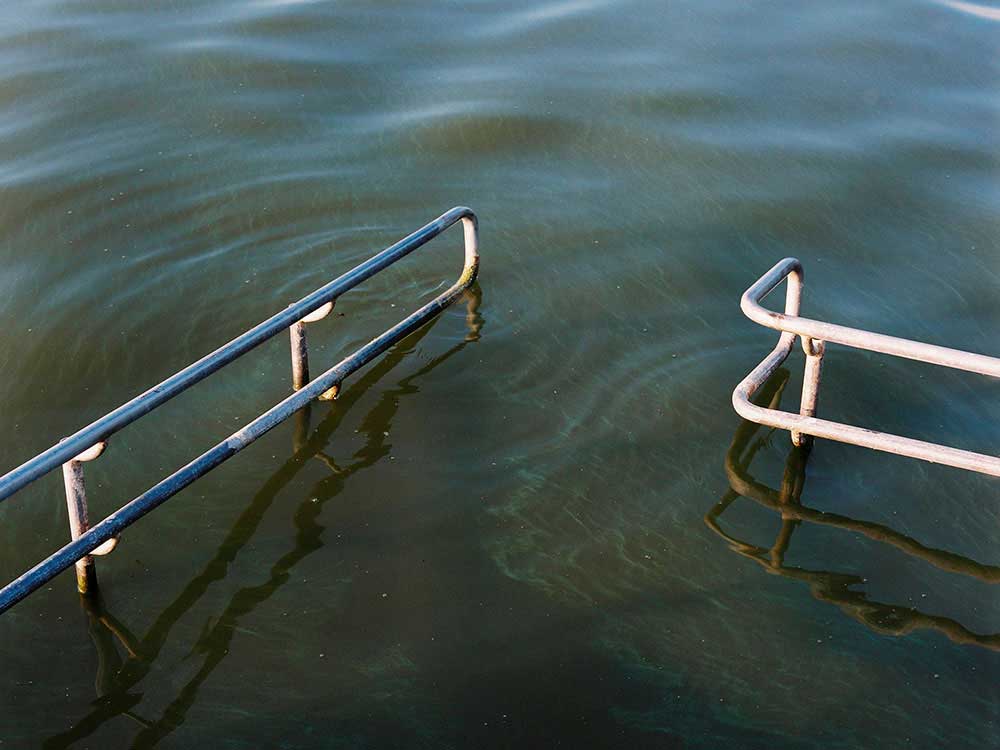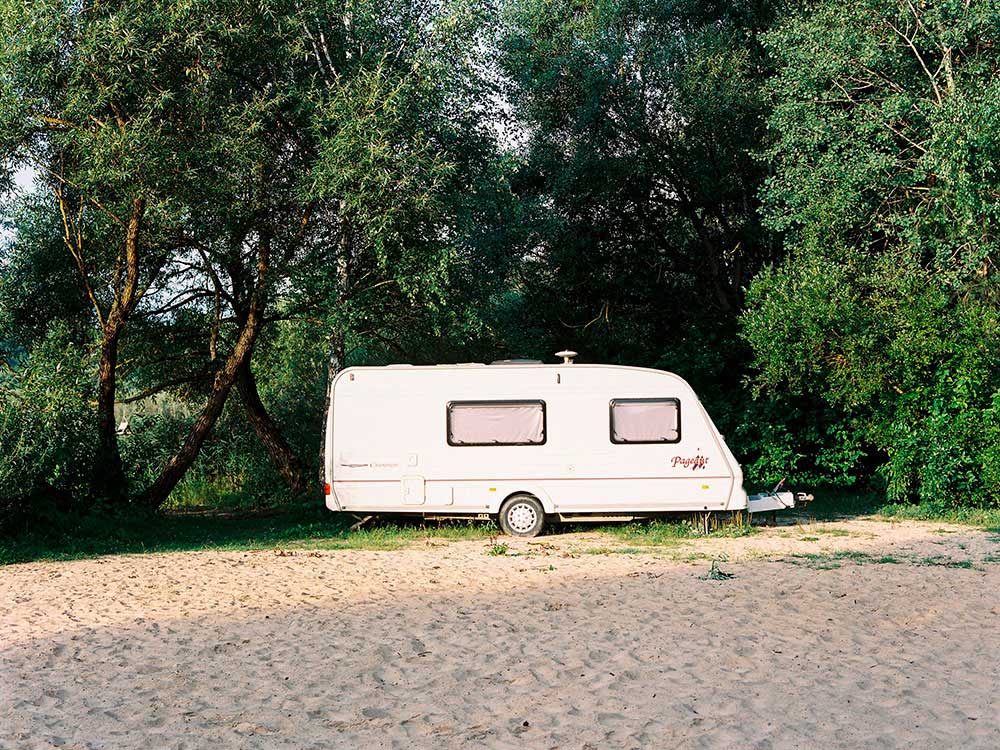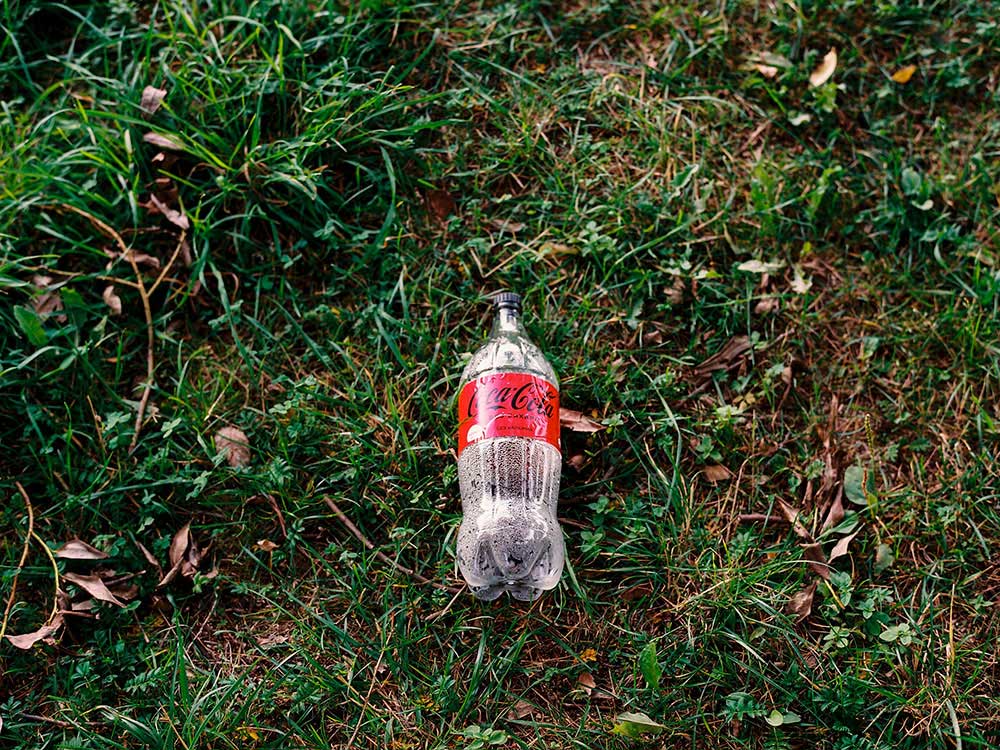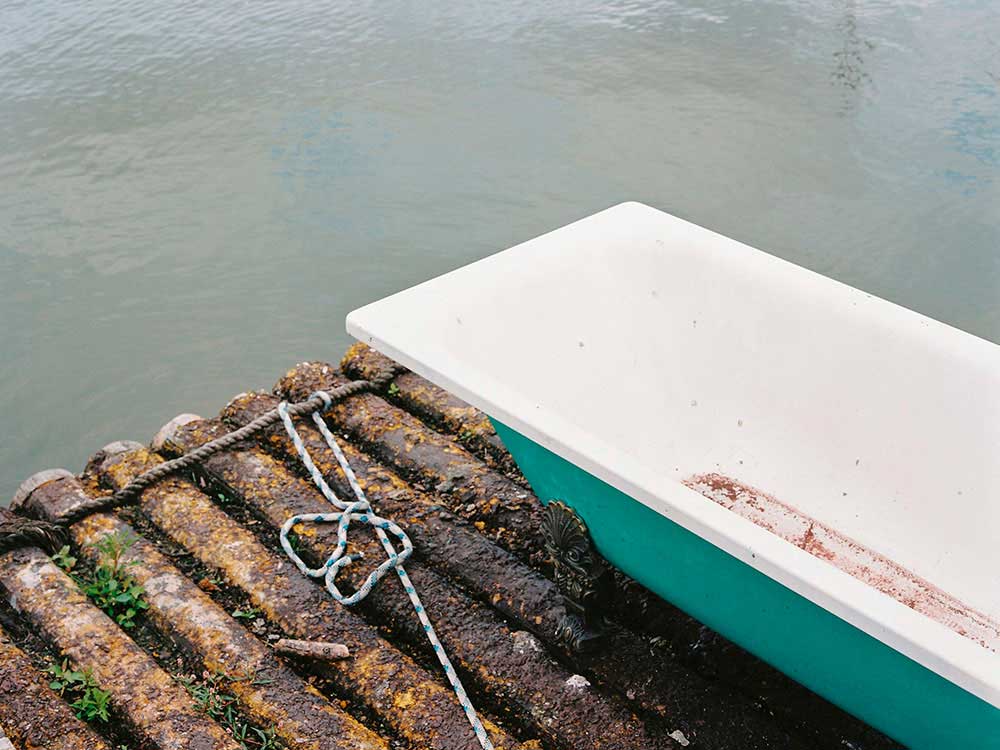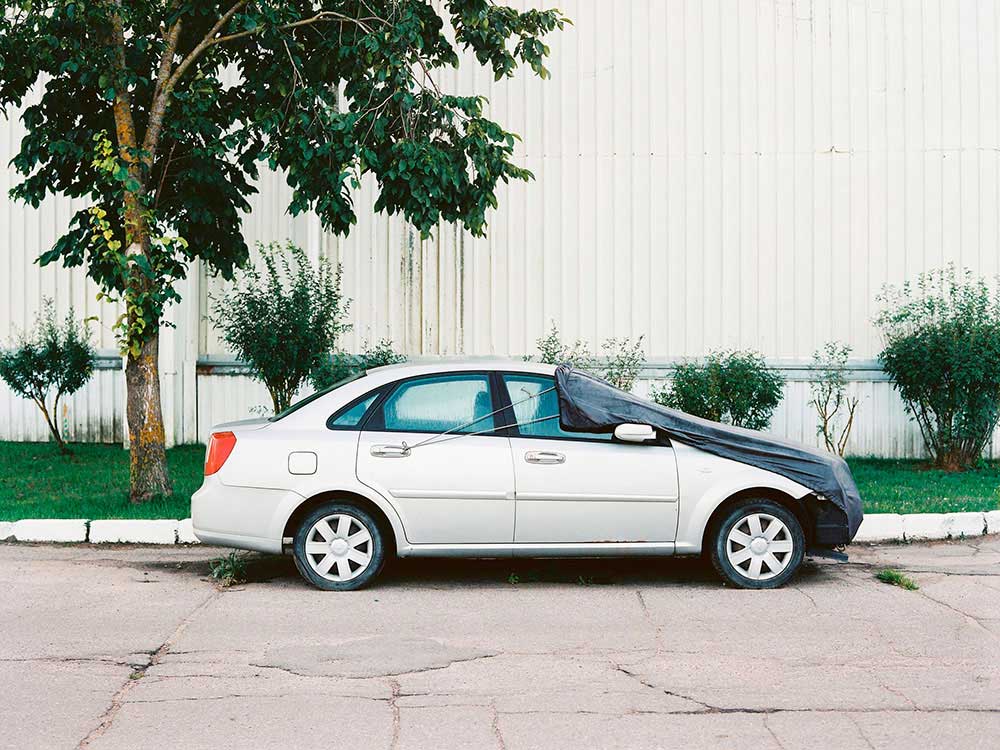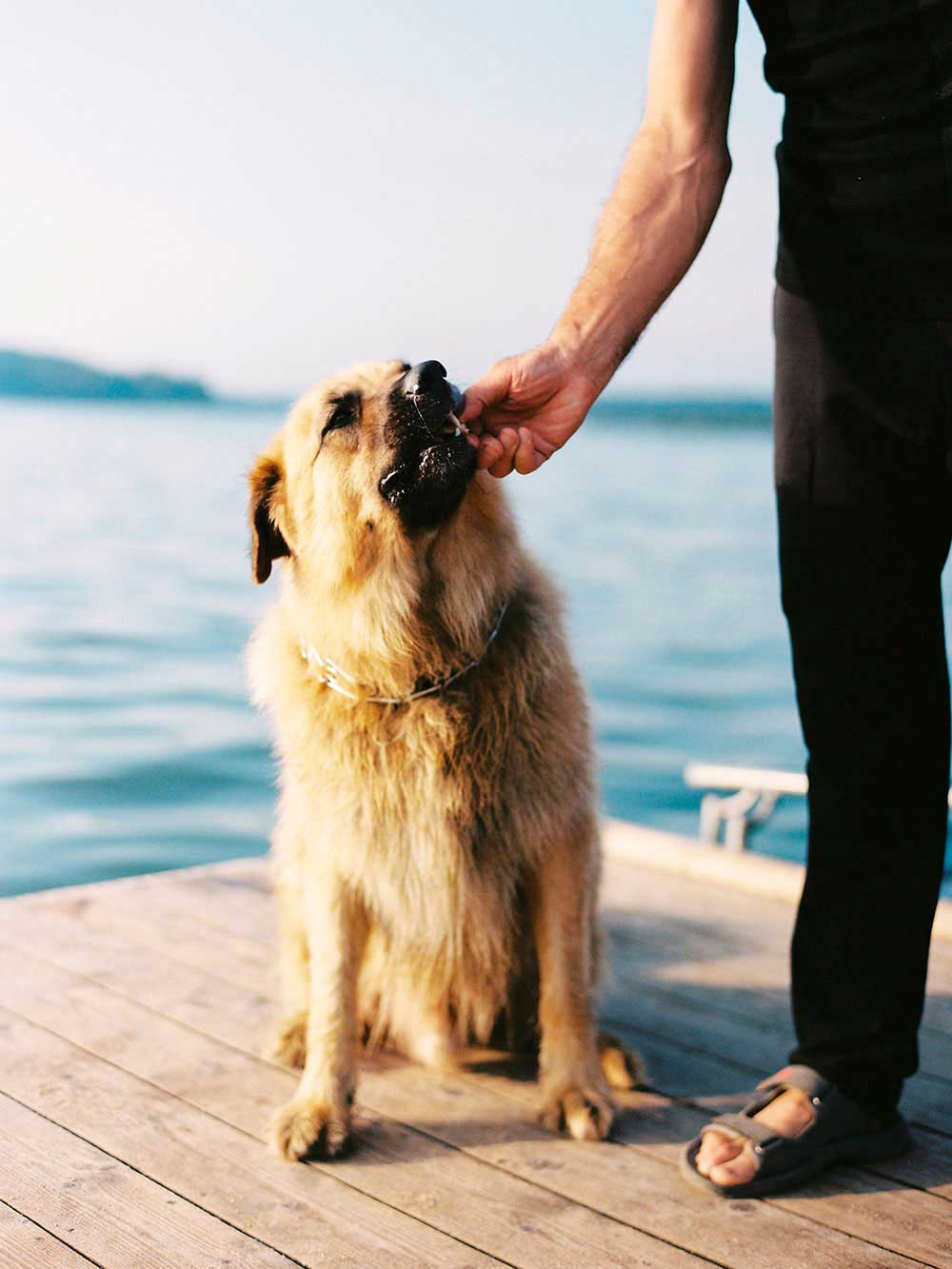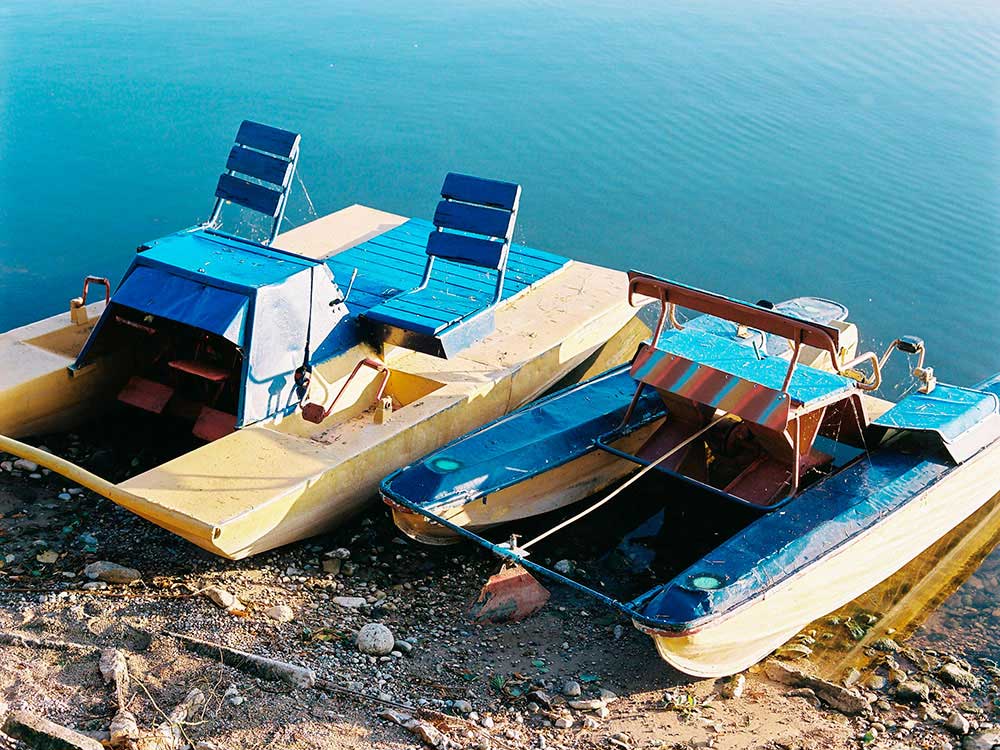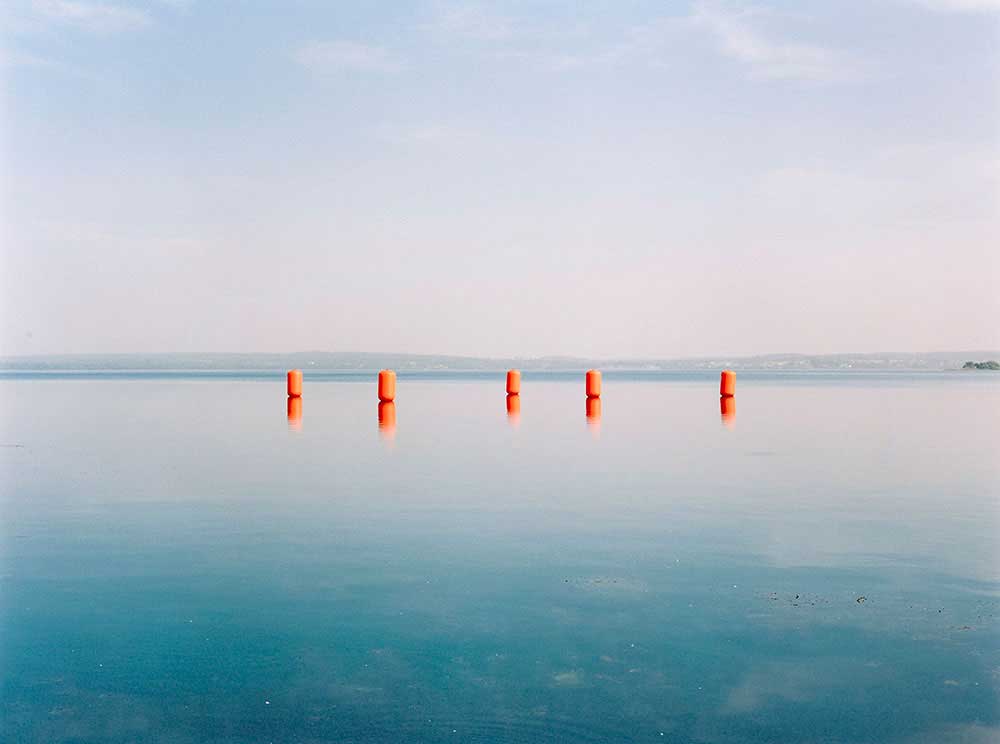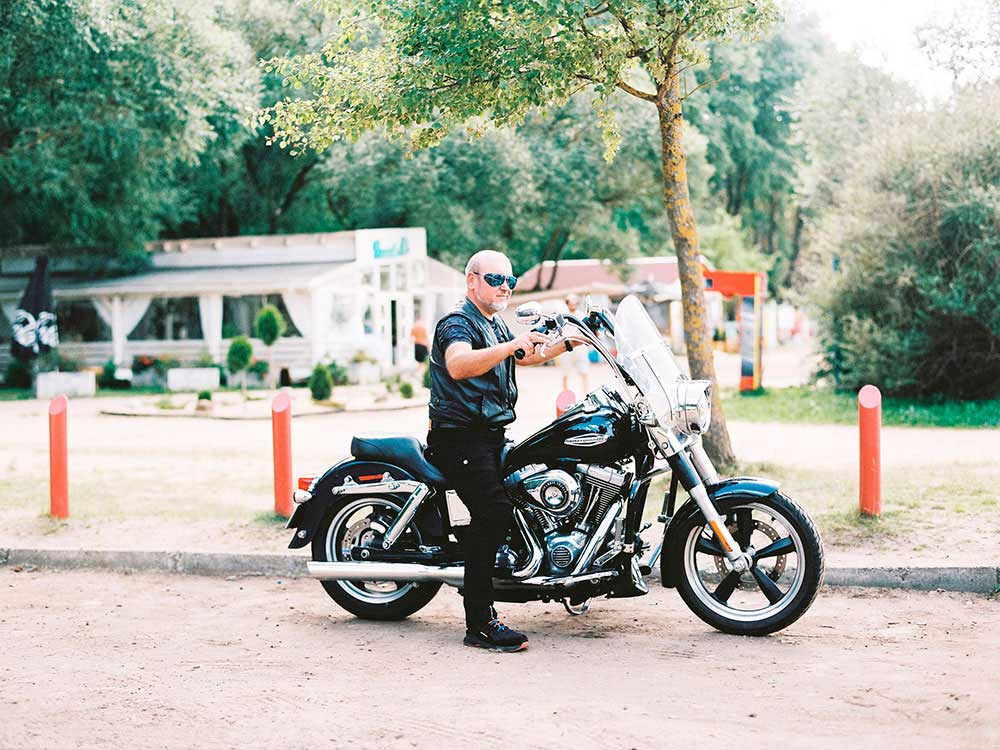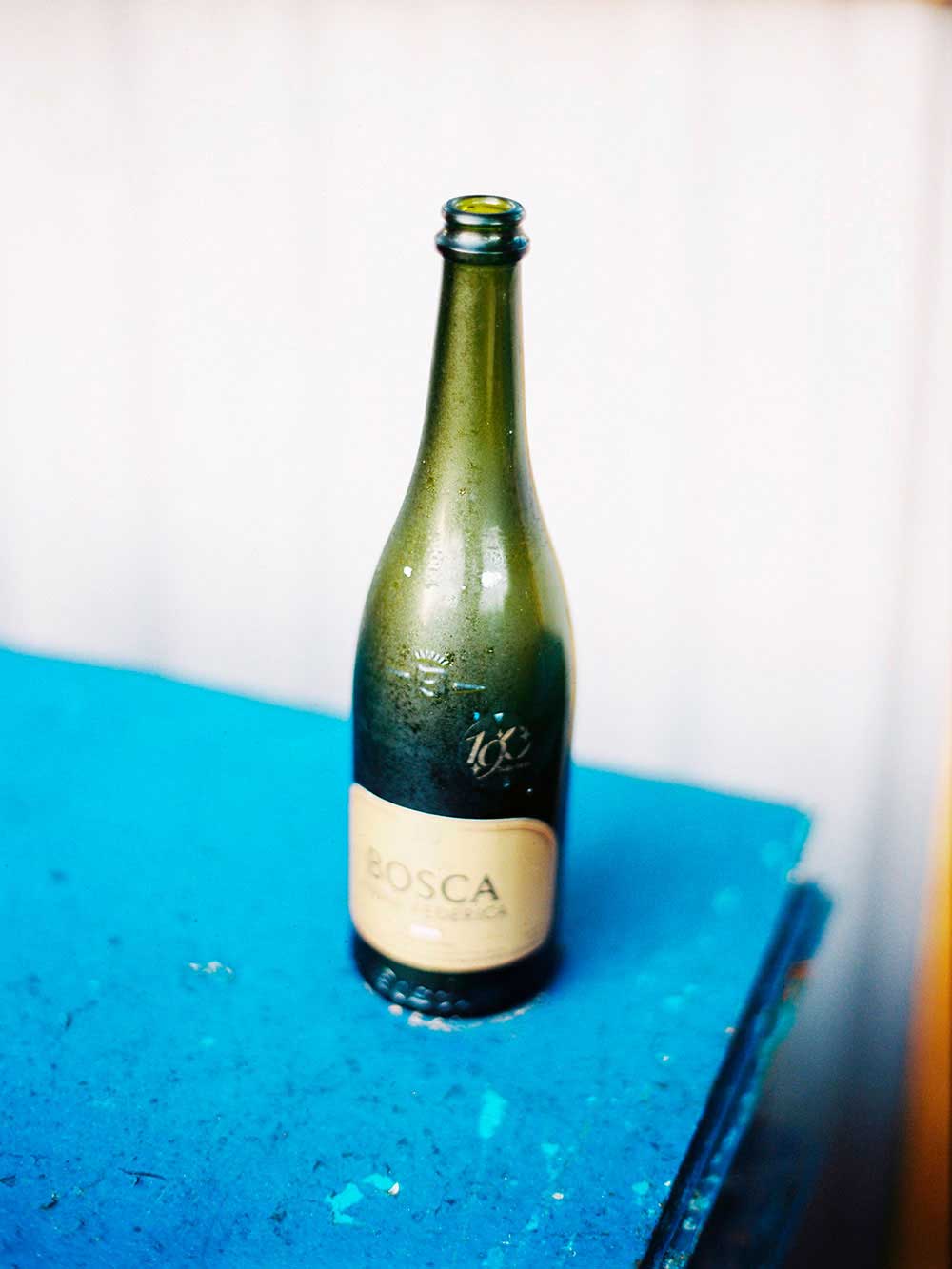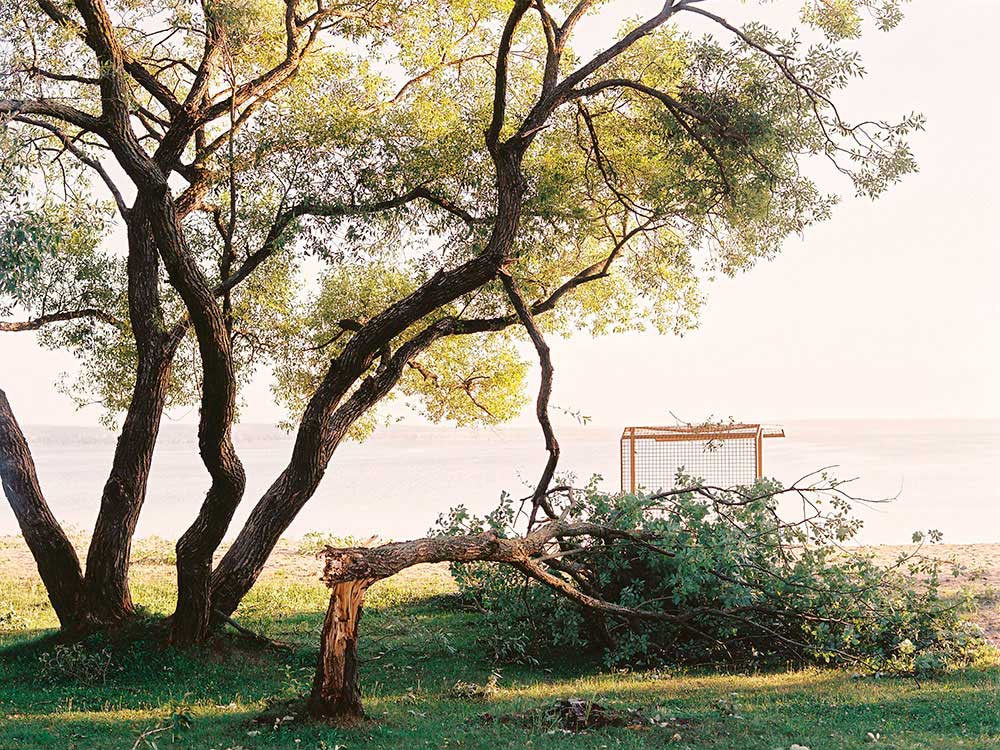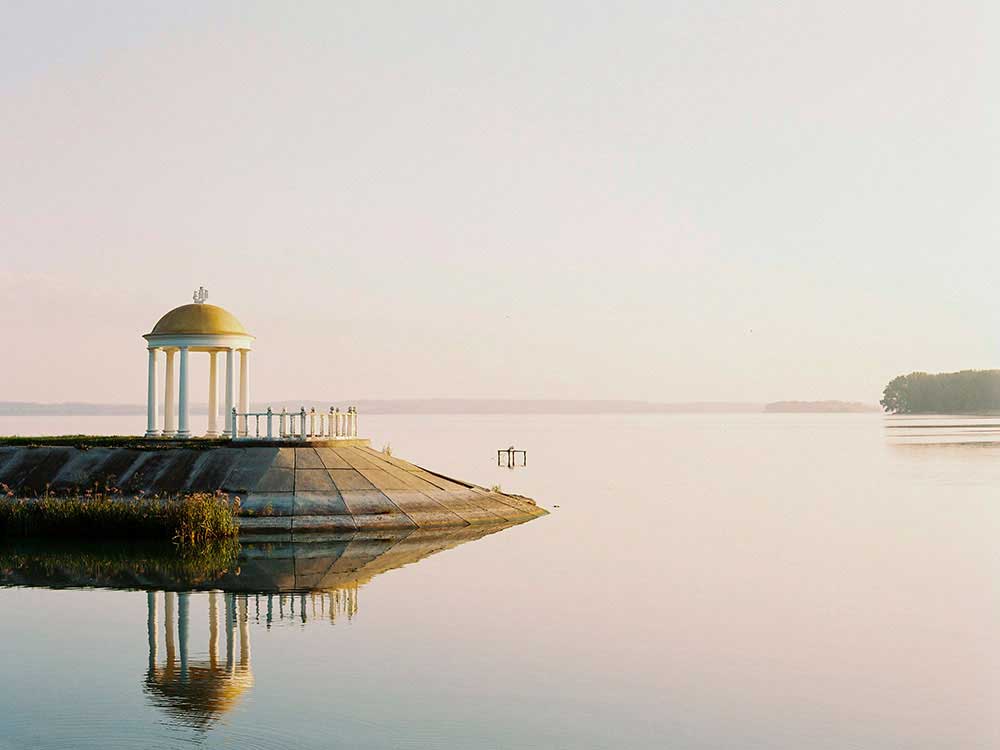“They call it a sea. It never was one.”
I began coming here in the summer of 2021, almost seventy years after a huge explosion near Minsk city, Belarus. Two trunks of dynamite started back then what was going to become the so-called Minsk Sea.
The reservoir was made to contain excess waters of the Svislach River, which flooded Minsk every year. A village of around 50 homes used to be here. The government didn’t hesitate to move everyone out. Today, the remnants of those homes are still underwater. Some believe that on the floor of the Sea there is still a peat factory that used to be a part of the village.
The place became a tourist attraction soon after the reservoir formation. A resort house was built on the shores of the Sea. A yacht club opened up. But the rest of the territory remained untouched.
I spent the whole summer talking to tourists, fishers, exploring the history of the place, trying to find a fine connection between the location and those coming here. Some say that during the Cold War, the US feared that the Soviets created the reservoir to test atomic submarines that were intended to then attack the US at some point. Many myths surround the place.
Today, coming here feels like entering a time bubble. A bubble that is being slowly burst by outside influences like the newly opened beach with modern bars and upbeat cafés. The Sea turned to a strange mix between past, present, and future that usually don’t get mixed that simply.
When times meet at the Sea that never was, what you get is a weird feeling of nostalgia, sadness, and excitement about what’s coming next. A feeling that cries to be captured on film. A story that just has to be told for future generations.
About Pavel Tereshkovets
Pavel grew up in a city on the border of Belarus. Raised in a traveling addicted family, Pavel began to photograph already in his youth. He traveled with his father’s old cameras while visiting almost all countries of Europe as well as former Soviet republics, Israel, Jordan, North Africa, and the USA already by the age of 20. “The feeling of endless freedom during these trips was the point where my inspiration for photography began,” says the artist.
In 2010 Pavel quits his job and decides to dedicate his life to things that matter. In 2011 his photo series of naked women “White Silence” picks up public attention and gets featured worldwide. He starts working as a full-time photographer and in the following ten years develops a few other bodies of work, like “Made in China”, “American Prayer”, and the most recent one – “The Sea That Never Was” [Official Website]



